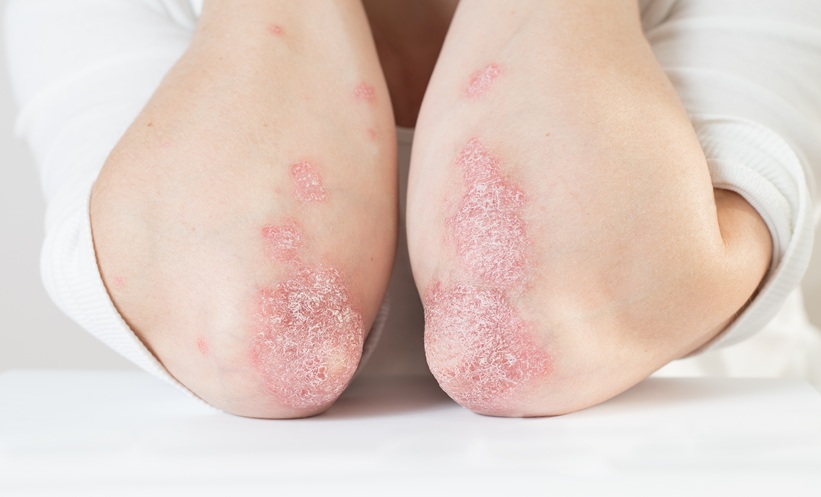Corresponding Author: *Beth Morrel
Department of Obstetrics and Gynaecology, Erasmus MC University Medical Center, Rotterdam, the Netherlands
*Correspondence to [email protected]
Citation: EMJ Dermatol. 2024. DOI/10.33590/emjdermatol/10309688. https://doi.org/10.33590/emjdermatol/10309688.
![]()
Rotterdam, 19 December 2023
Dear Editor and Dr Paganelli,
With great interest, we read the recently published abstract ‘Lichen Sclerosus in Prepubertal Males: Breaking the Paradigm.ʼ1
We agree that the topic of treatment of penile lichen sclerosus in boys is important, and needs more attention in clinical research and practice. In your publication, you cited our editorial: Morrel B et al. ‘Penile lichen sclerosus, circumcision and sequelae, what are the questions?ʼ2
In the abstract of Paganelli et al., it is stated, using our work as a reference, that “surgery, such as circumcision and meatus stricture treatment, appears to be an effective first-choice option, eliminating the need for chronic steroid therapy.” We do not agree with this statement, and we feel that this is a misinterpretation of what we discuss in our editorial.
While surgery is often applied as first-line treatment, especially when only the foreskin seems to be involved, it has its drawbacks. One of the questions we pose is whether circumcision alone is as effective as often stated. We discuss a change in clinical practice toward a more prominent role for topical corticosteroids, either as primary treatment, or as pre-operative or post-operative adjuvant therapy. The abstract of Paganelli et al., where they cite our editorial, is stating the exact opposite, with a more inconspicuous place for medicinal treatment. Their formulation even suggests that one might be able to omit the use of topical steroids as chronic treatment completely. In the treatment of lichen sclerosus in males, both children and adult males, there nevertheless still remains ample room for improvement.
We have no pretention that we answer the questions regarding optimal course of treatment; our editorial was primarily written to encourage clinicians to reflect on this topic. We do feel it is important to stress the message of our editorial: to not stop at surgical treatment alone when treating penile lichen sclerosus and, more explicitly, to follow a multidisciplinary approach in choosing the most appropriate therapy for the individual patient, in order to prevent long-
term repercussions.
Sincerely,
Beth Morrel MD
Lisette A. ‘t Hoen MD PhD
Suzanne G.M.A. Pasmans MD PhD







